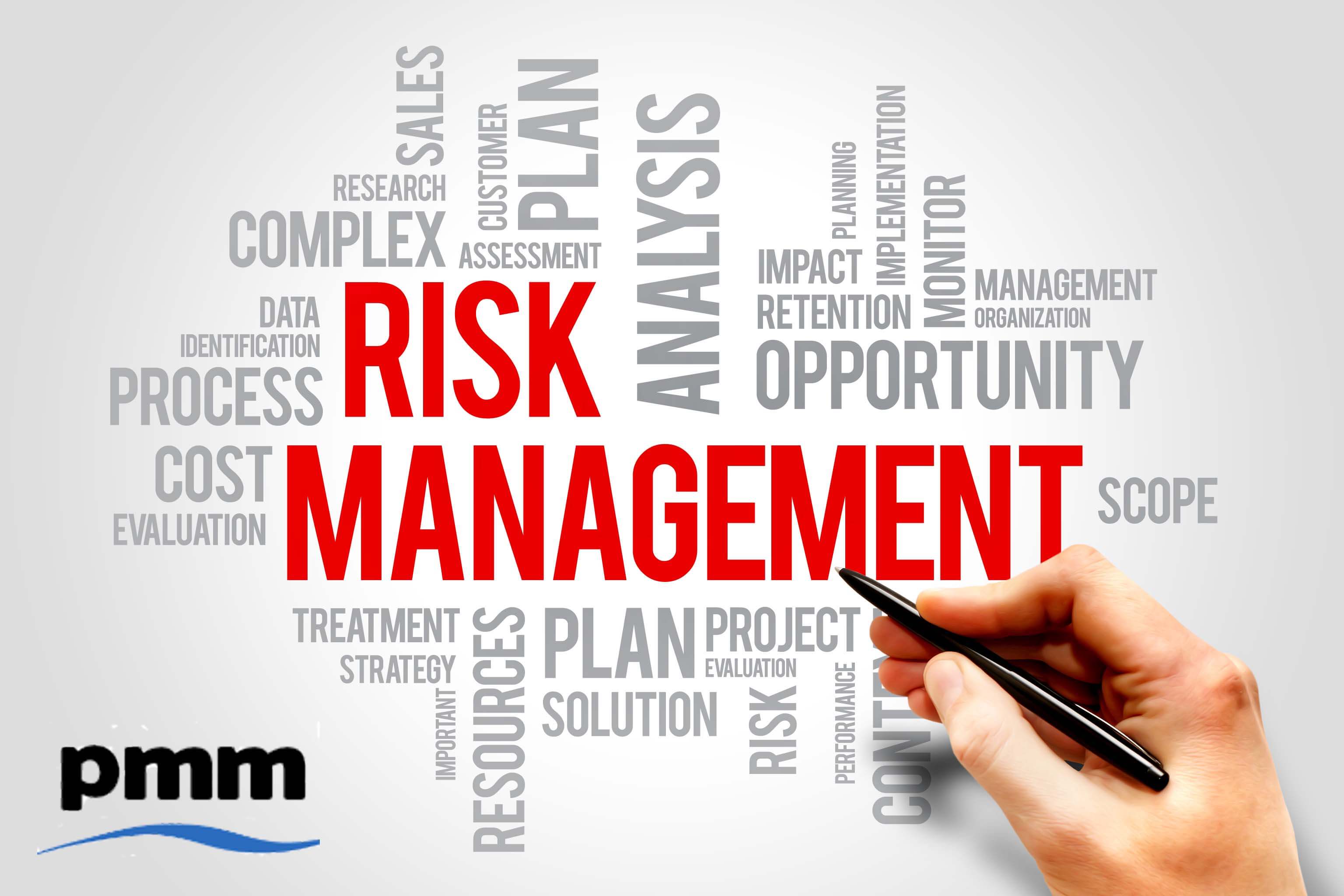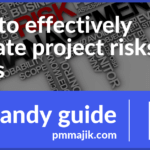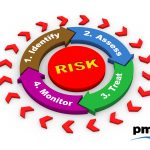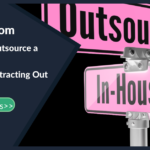This blog post will share thoughts on how to make PMO risks and issues real for stakeholders so that they take them seriously and take action.
Context
Most PMO managers and project managers know that it is part of their responsibility to identify and manage the risks and issues. The reason for this is that risk and issues have this nasty habit of delaying or stopping the successful delivery of a project.
Process
Given the importance of identifying and managing risks and issues, it is important to have a recognised process to capture the risk and issues. A good PMO will define a framework including tool set to capture the risks and issues.
The project manager will normally spend time at the start of the project to consider and capture risks and issues. They may even organise a session with the project team and stakeholders to capture as many as possible so that something important is not missed.
Problem
Unfortunately, this can sometimes be the only time that the project spends time identifying risks and issues. They are captured, recorded and then nothing else happens with them! Very much a ‘point in time’ activity. This means that:
- The risks and issues are not being managed so will probably impact delivery
- New risks and issues are not being identified, which will probably impact delivery
Solution
A proactive PMO will define a PMO risk and issue framework that will provide the process and tools for managing risks and issues. The PMO should then actively monitor the registers to make sure that risks and issues are being managed. This can be achieved by monitoring updates to the register, monitoring how many are being closed, changing / passed target dates, no new items being added.
A good way of doing this is by setting up a regular meeting with each project manager and to discuss the risks and issues as part of the meeting. Further value can be added by identifying other risks and issues that the project manager has not thought about.
Remember, both the project manager and PMO have a collective objective, that is the successful delivery of the project.
Senior Management Challenge
If and when the project manager is actively managing the risks and issues, there will be occasions where intervention / help is required from senior management. The challenge can be to get senior management interested in the issues and risks is that they may be important to the project but, rightly or wrongly, not of top priority to senior management. This is not to say senior management don’t care, it is normally that they have many other items to worry about.
So in order to get the attention and required action, it is necessary to give the issue or risk you need to be resolved the best chance of standing out. Using a RAG rating of Red on the register can help. However, there may be many other projects with Red issues.
A great way of helping to focus the mind is to attach a financial value to the risk or issue. By doing this, you will get senior management’s attention as straight away they can quantify the cost of not taking the action. If senior management do not provide the required assistance, it is made clear that they are accepting the (financial) consequence. This has a great way of focusing the mind.
Word of warning, when using the approach of valuing risks and issues, don’t present it in a way that senior management feel they are being forced to hard into a corner, they will remember and probably not helpful for the career. Likewise, make sure the financial value you place on a risk or issue can be evidenced and is not just made up.
Summary
It is important for all projects to actively identify and manage risks and issues on a continual basis. Placing a financial value on a risk or issue is a great way of quantifying the impact to senior management.
If you are looking for PMO risk and issue templates, take a look at the template pack that includes templates to allow you to quickly set-up a robust process.





